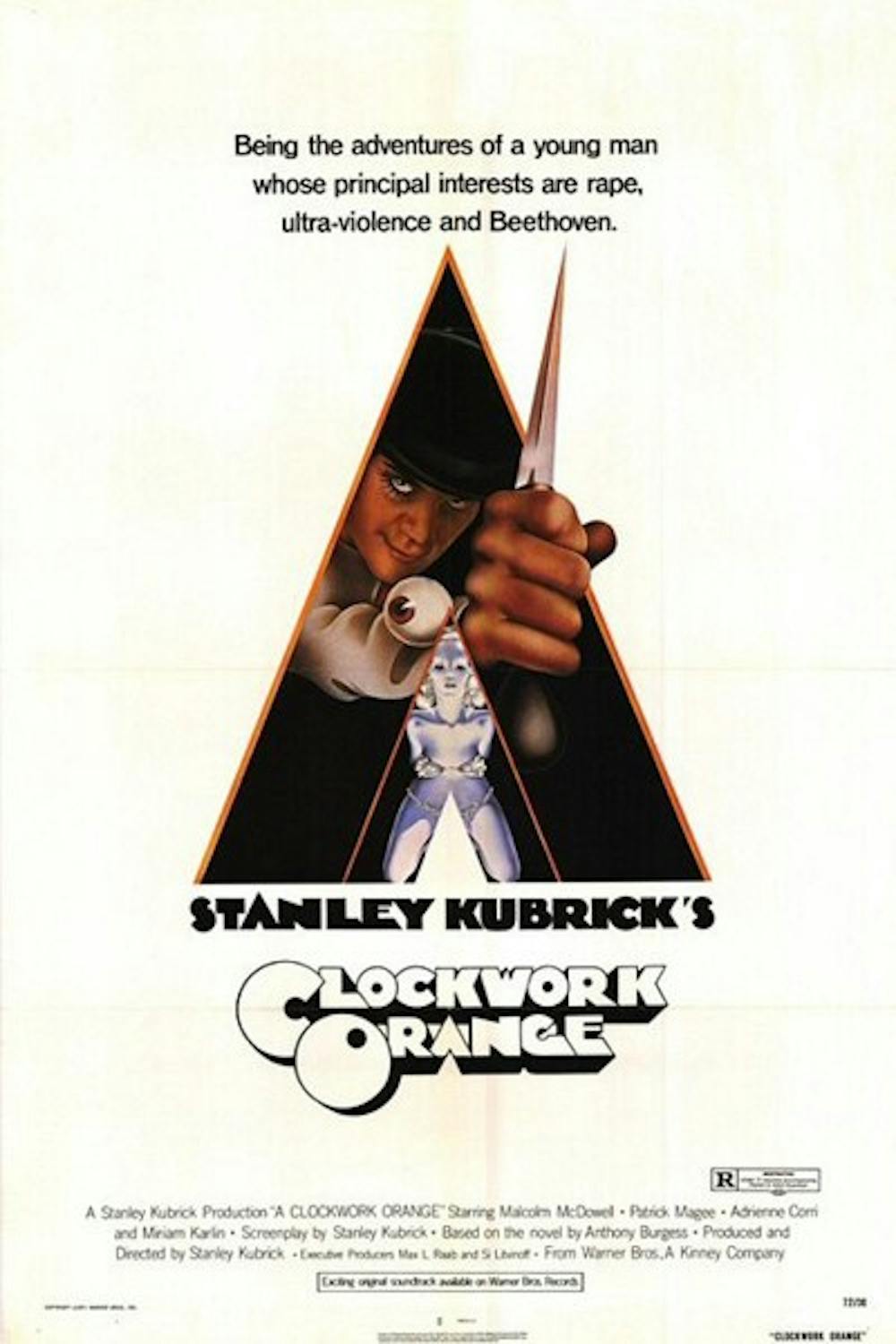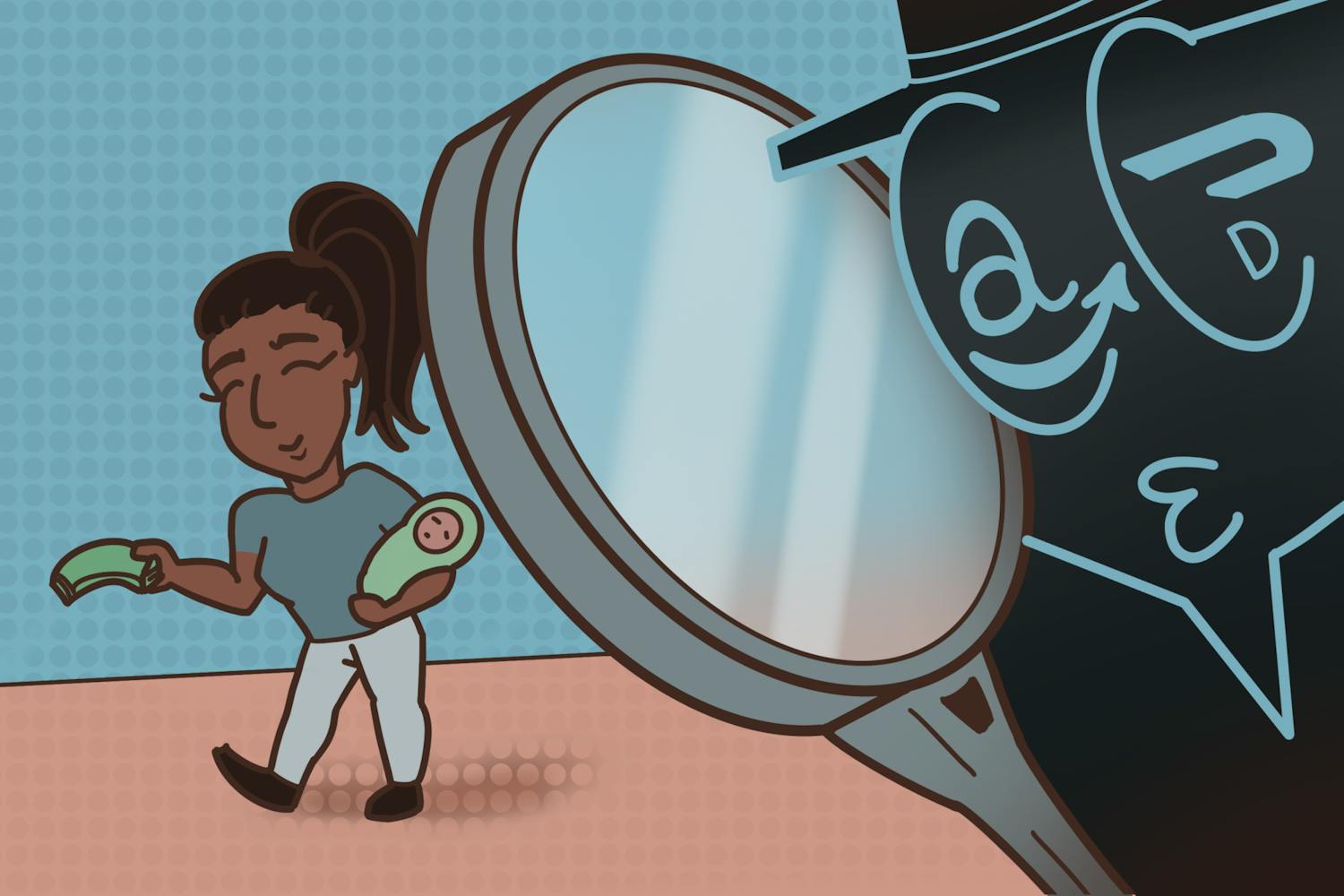I’ve come across at least three Stanley Kubrick movies on the list of cult films that I have been using each week for this blog series, so I thought one of them should be addressed. I went with “A Clockwork Orange,” because I’d heard so much about it, but I had never seen it.
I was warned in advance that the content was “horrifying,” and of course, that only made me more excited to watch it. Plus, just coming out of a week analyzing “American Psycho,” I felt I was prepared for another raunchy film, and boy, did Kubrick deliver. A film that quickly gained a cult following, but was admonished by critics like Roger Ebert, “A Clockwork Orange” deserves a look. What is it that keeps this picture alive?
For those who are unaware of the plot, be happy; there’s not much to it on the surface. Alex de Large and his small group of buddies whom he calls “droogs” go around what seems to be a deteriorating London beating up homeless people, breaking and entering and sexually assaulting women. This is shocking, because all this is thrown at you within the first five or 10 minutes.
After this goes on for a while, Alex ends up in jail and is eventually treated to an experimental testing of the “Ludovico technique” — a two-week treatment that involves being strapped down and forced to watch actions of violence while being given a drug that causes nausea and deathlike pain. Alex is forcibly reformed and cannot commit violent acts without feeling an intolerable pain. He must live in a brutal world in which he is no longer equipped to survive. The story serves as a call against the destruction of free will, even when dealing with the worst of criminals.
A huge part of what makes “A Clockwork Orange” unique is the camerawork. This film was John Alcott’s debut as a cinematographer, becoming the first in a long line of films on which he would collaborate with Kubrick. They shot with wide-angle lenses, creating a large, dark world for Alex and his droogs to terrorize. Wide-angle shots are also used when filming from the point of view of a certain character, to show the viewer exactly what that character is seeing.
Directly after the short opening credits, there is an extreme close-up shot of Alex. The camera slowly pans out to show his droogs sitting beside him in a milk bar. Soon after, we see the entirety of the bar in this wide shot, our main characters way in the back. The wide shots continues as we first witness the gang’s “ultra-violence.” When the group stumbles across a rival gang headed by Billy Boy, a four on four brawl breaks out. The camera covers all the action, positioned far above and behind the fight. We see this dreary broken-down theater and truly get a look at the amount of destruction brought about by rampant anarchy. These wide shots give us a great look at the world Kubrick was trying to create.
Another scene that particularly grabbed my attention was a break-in that takes place a little further into the film. Alex and his goons plan the robbery of woman’s house, but upon arrival, find that the homeowner doesn’t fall for Alex’s fake cry for help at the door. As the woman retreats to her room filled with huge paintings of nude women, Alex decides to climb into the house through a window. When he finds the lady, he is surprised by the room’s decorations.
Pushing on a rocking phallic sculpture next to him, he waits to attack the woman. The camera shoots from behind Alex’s torso, giving us a view of the woman terrified with anticipation. Every other second, the phallic sculpture dips in and out of the shot, rocking back and forth on the table. It's genius on so many levels; Alex himself refers to the act of sex as “the ole in-out, in-out” and the motion in the shot adds to the suspense, almost operating as a metronome as we wait for the violence to ensue.
Every technique used in the movie brings the reader into the terror of the situation on the screen. Whether it is an innocent person or our diabolical narrator is in trouble, the camerawork is enough to make one sick — something few films achieve. Kubrick and Alcott successfully bring the viewer into this dark world where anarchy is on the rise and the government will try all it can to restore order. The feeling of unease “A Clockwork Orange” gives people is likely one of the reasons it has maintained a following over the past 43 years.
Reach the reporter with your favorite Beethoven tracks at wruof@asu.edu or follow him on Twitter @willruof
Like The State Press on Facebook and follow @statepress on Twitter.





